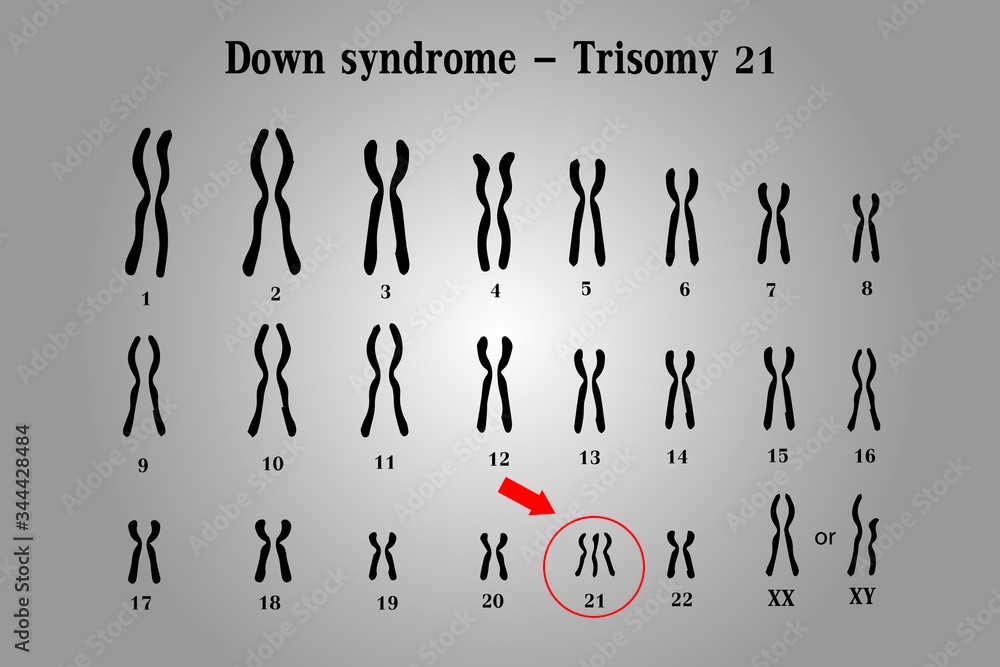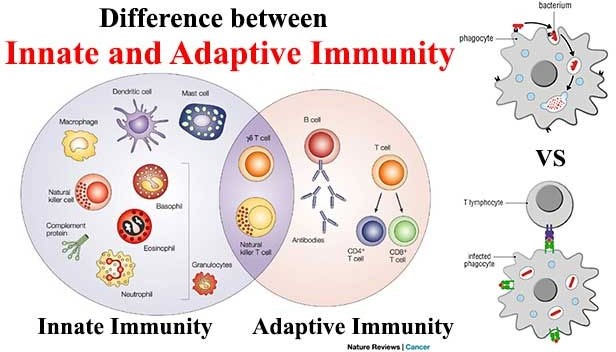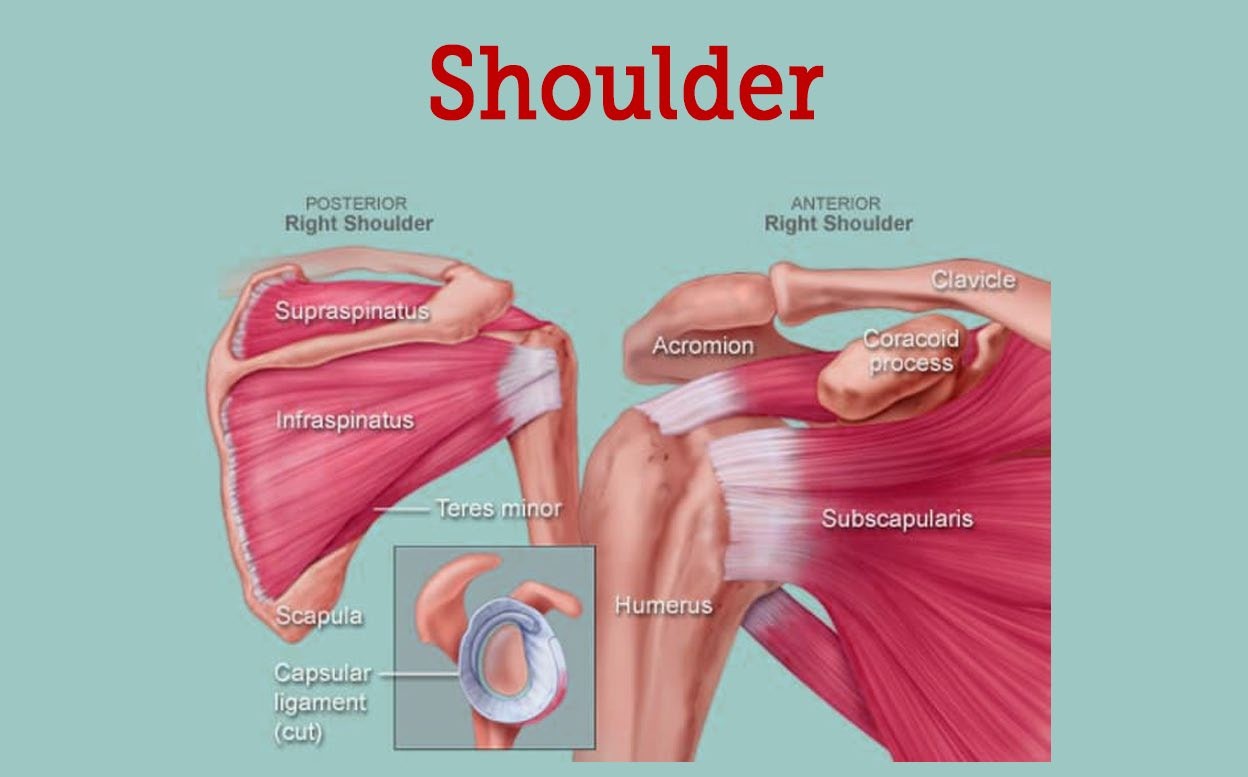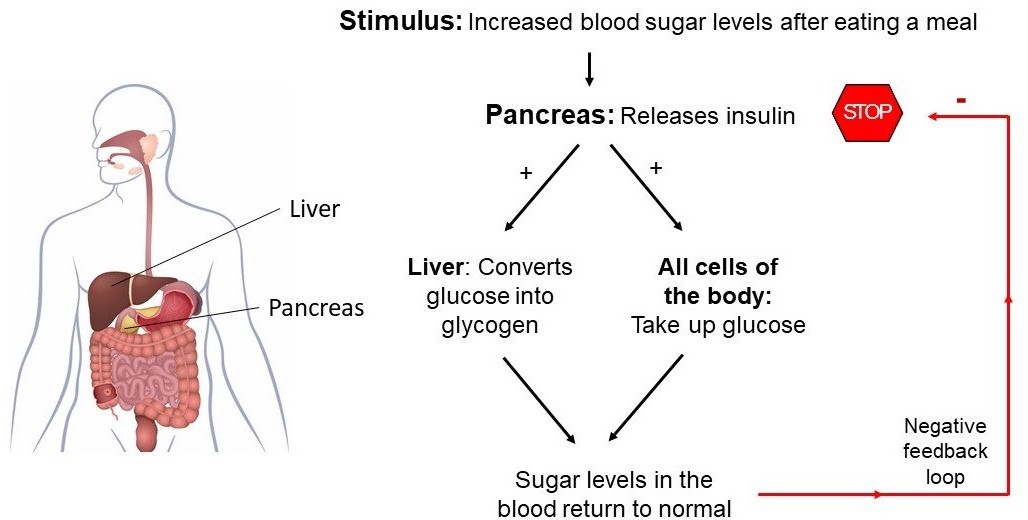A researcher collects data on the number of cars passing through a busy intersection at different times of the day for a month. This data would be most useful to analyze which of the following:
traffic patterns during rush hour
pedestrian movement during the day
air pollution levels in the area
noise levels in the area
Correct Answer : A
The data collected by the researcher on the number of cars passing through a busy intersection at different times of the day for a month would be most useful to analyze traffic patterns during rush hour.
TEAS 7 Exam Quiz Bank
HESI A2 Exam Quiz Bank
Find More Questions 📚
Teas 7 Questions: We got the latest updated TEAS 7 questions
100% Money Refund: 100% money back guarantee if you take our full
assessment pass with 80% and fail the actual exam.
Live Tutoring: Fully customized live tutoring lessons.
Guaranteed A Grade: All students who use our services pass with 90%
guarantee.
Related Questions
Correct Answer is A
Explanation
The data collected by the researcher on the number of cars passing through a busy intersection at different times of the day for a month would be most useful to analyze traffic patterns during rush hour.
Correct Answer is C
Explanation
Down syndrome is a genetic disorder caused by the presence of an extra copy of chromosome 21. It is also known as trisomy 21, because affected individuals have three copies of chromosome 21 instead of the normal two.
The extra chromosome 21 in Down syndrome occurs due to a random error in cell division, which leads to the production of an abnormal gamete (egg or sperm) with an extra copy of the chromosome. When this gamete fuses with a normal gamete during fertilization, the resulting zygote has 47 chromosomes instead of the usual 46, and develops into a fetus with Down syndrome.
Down syndrome is characterized by a range of physical and intellectual symptoms, including developmental delays, intellectual disability, distinctive facial features, heart defects, and increased risk of certain medical conditions such as leukemia and Alzheimer's disease. However, the severity and expression of these symptoms can vary widely among affected individuals.
 |
Correct Answer is D
Explanation
The unit used to indicate length is the meter (m). It is the base unit of length in the Internaonal System of Units (SI).
Correct Answer is A
Explanation
The kidneys secrete a number of hormones, which are important for normal functioning of the body.
If blood pressure falls, renin is secreted by the kidneys to constrict the small blood vessels, thereby increasing blood pressure. If the kidneys aren’t functioning correctly, too much renin can be produced, increasing blood pressure and sometimes resulting in hypertension (high blood pressure). This is why a number of people with kidney diseases also have high blood pressure.
Correct Answer is A
Explanation
Innate immunity and adaptive immunity are two arms of the immune system that work together to protect the body from pathogens. Innate immunity is the first line of defense and is present at birth. It includes physical and chemical barriers such as the skin, mucous membranes, and antimicrobial peptides, as well as cells such as macrophages and natural killer cells that can quickly recognize and atack pathogens. Innate immunity is nonspecific, meaning it responds to a wide variety of pathogens in a similar way.
Adaptive immunity, on the other hand, is acquired after exposure to pathogens. It involves the production of antibodies and activation of T cells, which are specific to particular pathogens. Adaptive immunity takes longer to develop than innate immunity, but it provides a more specific and targeted response to pathogens. Once the adaptive immune system has been activated against a particular pathogen, it can provide long-term protection against future infections with that pathogen.
Option b) is incorrect because innate immunity is nonspecific while adaptive immunity is specific. Option c) is incorrect because antibodies are a part of adaptive immunity while T cells can be a part of both innate and adaptive immunity. Option d) is incorrect because adaptive immunity can provide long-term protection, while innate immunity provides immediate but short-lived protection.
 |
Correct Answer is D
Explanation
 |
Correct Answer is D
Explanation
- A. Adduction → Moving a limb toward the midline of the body. ❌
- B. Extension → Increasing the angle of a joint (e.g., straightening the arm or leg). ❌
- C. Flexion → Decreasing the angle of a joint (e.g., bending the elbow or knee). ❌
- D. Abduction → Moving a limb away from the midline (e.g., raising the arm or leg sideways). ✅
Correct Answer is A
Explanation
Insulin is a hormone produced by the pancreas that plays a crucial role in regulating the levels of glucose (sugar) in the blood. After a person eats a meal, the levels of glucose in the blood rise, which stimulates the pancreas to release insulin into the bloodstream. Insulin acts on various cells in the body, particularly those in the liver, muscles, and adipose tissue, to promote the uptake, use, and storage of glucose.
Insulin helps to lower the levels of glucose in the blood by increasing the uptake of glucose by cells, stimulating the liver and muscle cells to store glucose in the form of glycogen, and inhibiting the production and release of glucose by the liver. This process is known as glucose homeostasis, and it helps to keep the levels of glucose in the blood within a normal range.
Deficiencies or abnormalities in insulin production or function can lead to a range of metabolic disorders, including type 1 and type 2 diabetes. In type 1 diabetes, the body does not produce enough insulin, while in type 2 diabetes, the body becomes resistant to the effects of insulin, leading to elevated levels of glucose in the blood.

Correct Answer is D
Explanation
- A. Nanolitres (nL) → Extremely small unit (1 nL = 0.000000001 L), used for microscopic measurements. ❌
- B. Microlitres (µL) → Also very small (1 µL = 0.000001 L), used in lab settings. ❌
- C. Litres (L) → Too large, as typical urine output per hour is much less than 1 L. ❌
- D. Millilitres (mL) → Suitable, since normal urine output per hour is about 30-80 mL. ✅
Correct Answer is A
Explanation
The nurse can logically conclude that:
✅ Treatment A results in the shortest recovery time.
- The data shows that Treatment A has a mean recovery time of 3 days, which is the shortest compared to Treatment B (5 days) and Treatment C (7 days).
The other statements are not supported by the given data:
❌ "Treatment C enhances patient satisfaction more than the others."
- There is no information about patient satisfaction, only recovery times.
❌ "Treatment B is as effective as Treatment A."
- Treatment B has a longer recovery time (5 days) compared to Treatment A (3 days), so it is not equally effective in terms of recovery speed.
❌ "Treatments A and B provide the same rate of recovery."
- Treatment A has a faster recovery time than Treatment B, so they do not have the same recovery rate.
This question was extracted from the actual TEAS Exam. Ace your TEAS exam with the actual TEAS 7 questions, Start your journey with us today
Visit Naxlex, the Most Trusted TEAS TEST Platform With Guaranteed Pass of 90%.
Money back guarantee if you use our service and fail the actual exam. Option of personalised live tutor on your area of weakness.
